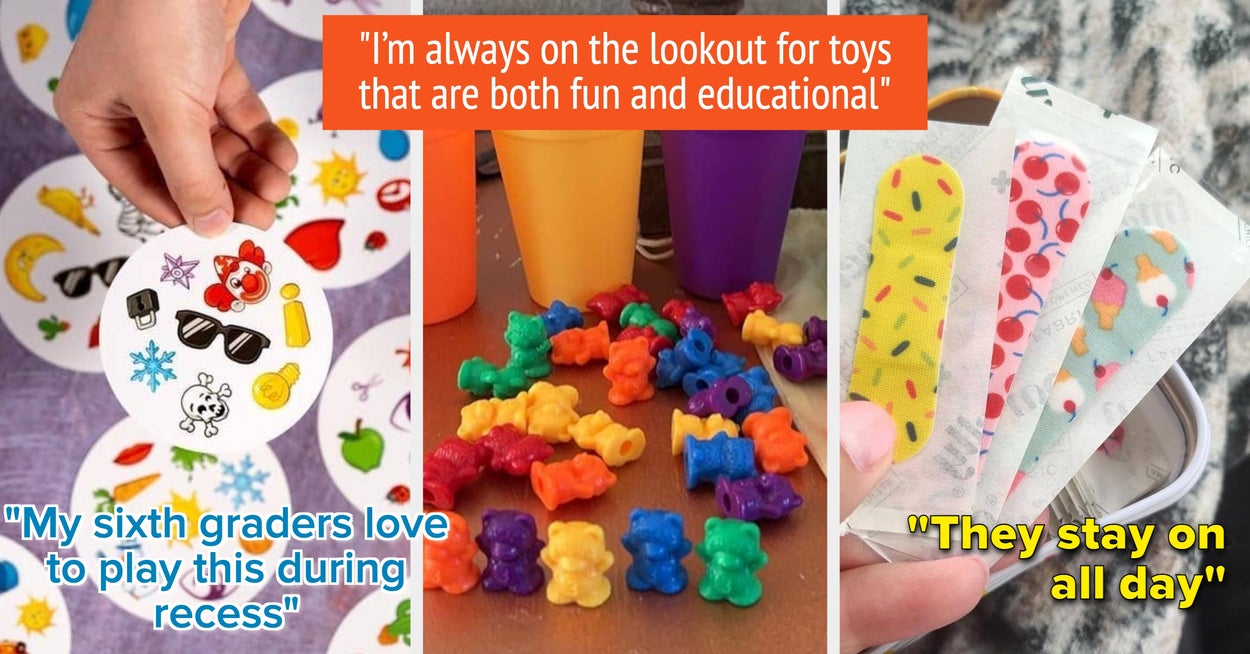Copyright Forbes

What do we owe the dead?” is a question as ancient as philosophy itself. Now that AI can “bring back" the departed through once unimaginable technologies, perhaps the real question is: “What do we owe the living?” Science Fiction Becomes Science Reality The TV series Black Mirror tackled this question a few years ago. In the episode “Be Right Back,” a grieving woman hires a company to restore her boyfriend after he dies in a car accident. Leveraging the deceased’s “digital footprint” of social posts, texts, and voice messages, it returns her lover, first as an AI bot, then via a synthetic body. Talk about being careful what you wish for! The woman soon regrets her choice. No matter how “real” the replica of her boyfriend seems, the synthetic version lacks some human essence, increasing her loneliness and despair. Though this story is fictional, the technology underlying is very real. It’s also quickly advancing by the day to serve a need in the market: unresolved grief. In 2016, freelance writer James Vlahos turned to AI after learning his father had terminal cancer. Vlahos ended up recording hours and hours of conversation with his dad to create an AI version he could communicate with after his father passed in 2017. “Such use of AI to artificially bring people back to life has long been explored in science fiction, but developments in AI technology have now made it possible in real life,” according to BBC. “In 2019, James turned his chatbot into an app and business called HereafterAI, which allows users to do the same for their loved ones.” MORE FOR YOU The Digital Afterlife Industry Emerges HereafterAI joins similar ventures such as StoryFile, which began as a tool to preserve Holocaust survivors’ stories before expanding into interactive conversations with the deceased. Meanwhile, “Simulate the dead” is competitor Project December’s evocative tagline. According to its site, “Using patent-pending technology, in conjunction with deep AI running on one of the world's most sophisticated super-computers, we can now simulate a text-based conversation with anyone. Anyone. Including someone who is no longer living.” Large language model tools enable such technology, a topic I wrote about for Forbes in the form of AI Mind Clones, enabling businesses to receive advice from wise leaders, even after they are no longer with us. Here’s a small primer on such LLM developments. “Thanks to advancements in generative AI, artificial intelligence that can generate language, imagery, and audio (among other media), users are now able to speak with ‘ghostbots’ that mimic people who have passed away,” explains Communications of the ACM. “At the technological level, ghostbots today are not magic, but math. They consist of AI language models that are trained on the data generated by a dead person. The models use this data to make mathematical predictions about what the person would be likely to say and how they would be likely to sound.” Though tools now exist to return our loved ones in this limited form, there are skeptics who urge caution, warning the ability to bring someone back undermines the processing of grief needed for emotional healing. To this point, Nature describes the importance of developing an “an internal relationship” with the deceased. “‘Instead of interacting with the person, we interact with the mental representation of that person,’ says Craig Klugman, a bioethicist and medical anthropologist at DePaul University in Chicago, Illinois. “We dream about them, talk with them and write letters.’ Over time, the initial devastation of losing the person subsides.’” The Psychological Toll of Technological Resurrection Interacting with an external facsimile, a replicated pattern of a dead loved one, derails the typical pattern of grieving, goes such thinking. It sidelines or postpones emotional trauma, hindering closure. Recent news of NFL legend Tom Brady’s choice to clone his deceased dog makes this discussion ever more topical. The Guardian reported this month that Brady’s family genetically engineered Junie, a clone of their late pet Lua, by working with Colossal Biosciences, a Dallas-based biotechnology company. Here’s how Brady explained his decision. “‘I love my animals. They mean the world to me and my family … A few years ago, I worked with Colossal and leveraged their non-invasive cloning technology through a simple blood draw of our family’s elderly dog before she passed.” Dog lovers the world over may be inclined to pursue something similar, especially when struggling through such profound loss. But there’s another dimension we can’t ignore, says philosopher Patrick Stokes, author of Digital Souls: A Philosophy of Online Death. He warns of the growing “replaceability of people.” The publication Sparks recently quoted Stokes on his concern. “For Stokes, the question of whether the dead should live on as bots or not means we move closer to a society in which people take other people for granted, ‘treating [everyone] like they were chatbots anyway.’ That’s not to say this technology can’t be used for good, he quickly states, adding that a simulated conversation could give a person with unresolved issues with a dead parent the closure they need.” Unprecedented Legal and Ethical Considerations Stokes’ worries only hint at the maze of ethical challenges ghostbots and other AI facsimiles raise. There are many more. We may soon see new legal specializations, including posthumous data licensing, where individuals outline how their digital essence can be used or monetized after death, from voice rights to memory uploads. Future lawyers may even specialize in AI estate management around “AI will executions.” Others yet may be called upon to defend against AI likeness misuse and emotional harm suffered by survivors for unapproved simulations. Clauses protecting against such intellectual property contingencies may become much more common in subsequent legal agreements. However the law comes down on such issues, there is one more ethical reason to caution the resurrection of loved ones through AI. Again, we may contemplate our earlier question: “What do we owe the living?” For all of recorded history, the notion of death, and thereby, finality, has been an assumption accepted by humanity. Going back to antiquity, kingdoms employed strict rules surrounding succession, often based on heredity. Society has also operated under the (until now) unchallenged belief that generations come and go. Older people die, making way for younger folks. This Too Shall Pass. Or Not? Now, thanks to AI, this undisputed norm may need to be rethought. Based on LLM technology, it’s conceivable that the reign of a popular country’s ruler needn’t end upon their death. Instead, a given leader could stay in power indefinitely, so long as the people agreed to be led by its likeness, an AI that “learns” year after year into perpetuity.



